Project to liven up 'dull' woodland for wildlife
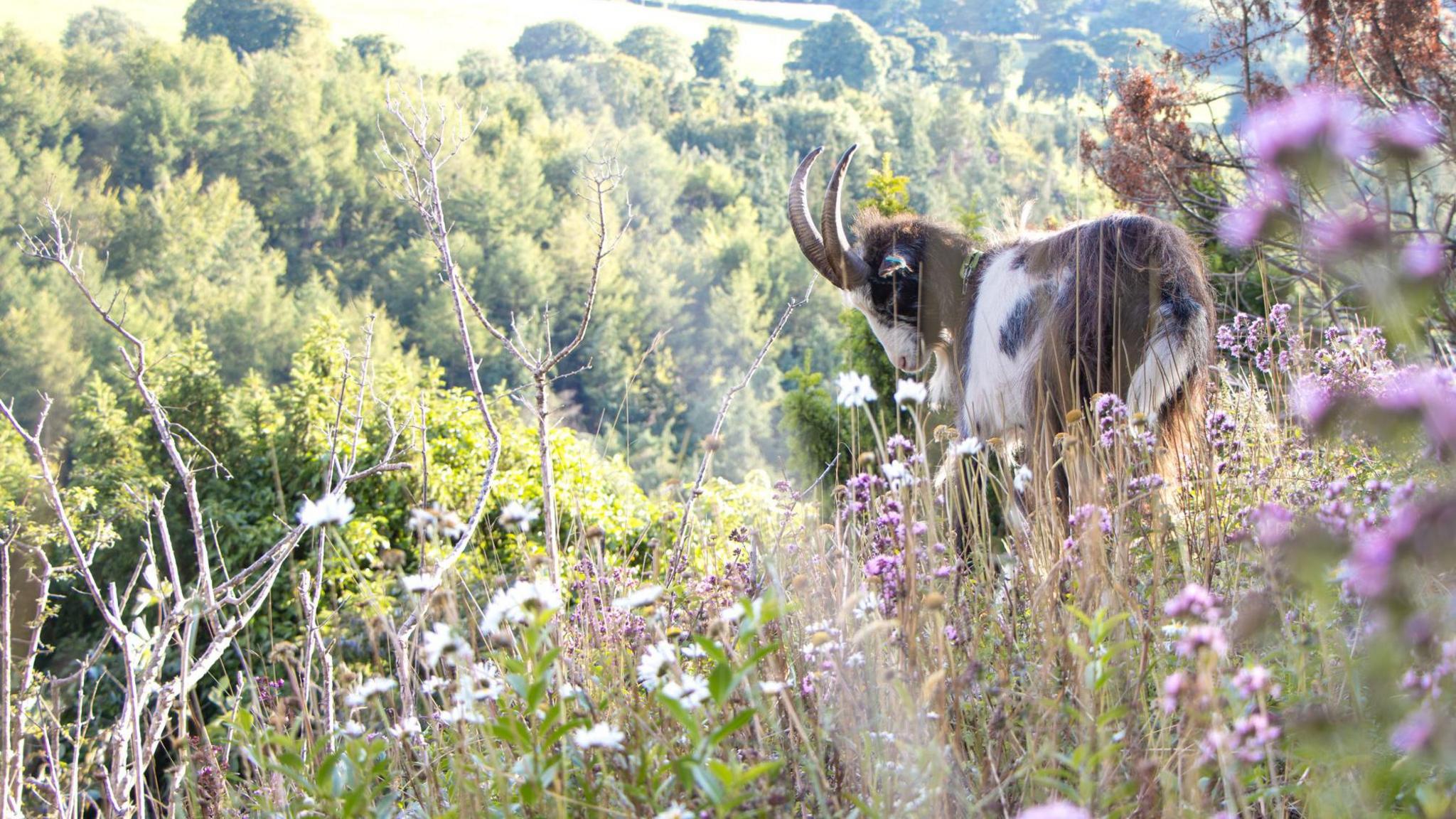
Goblin Combe was once a plantation woodland
- Published
A project to boost biodiversity in a former plantation woodland has seen conservationists take some unusual measures to liven up its “boring” trees.
Work is being under taken at Goblin Combe in North Somerset by the Avon Wildlife Trust in a bid to boost the population of three species of bats and dormice.
The site was previously a timber plantation, meaning the trees “are quite young and quite dull” for wildlife, reserve manager Andy Jones said.
As well as tree-thinning to allow more light to the woodland floor, the team have been “veteranising” some young trees to give them the right features to attract bats, birds and insects.

Stretches of thinned out woodland are becoming "wildlife corridors"
The trust has been managing a 15 hectare tranche of the woodland since the 1980s, but in 2018 was gifted the entirety of the 76-hectare site.
It was only planted for timber in the 1950s and 1960s, having previously been rough pasture.
Last year, the site received funding from Natural England’s Wilder Woodlands programme to improve the site for lesser and greater horseshoe bats, barbastelle bats and dormice.
Mr Jones told BBC Bristol: “It is a plantation woodland, so all of the trees are quite young and they are quite dull for wildlife.”

The project hopes to boost populations of bats and doormice
The trees lack the nooks and crannies by general wear and tear that provide shelter, nesting sites and food sources animals need.
“We can take one of those trees and make them more interesting - with a chain saw or drill you can create those crevices in the tree,” Mr Jones said.
Elsewhere, the team have thinned out the trees either side of historic carting tracks to give wildflowers and brambles enough light to grow.
”That’s the food source for all the insects and birds and bees and butterflies,” Mr Jones said.
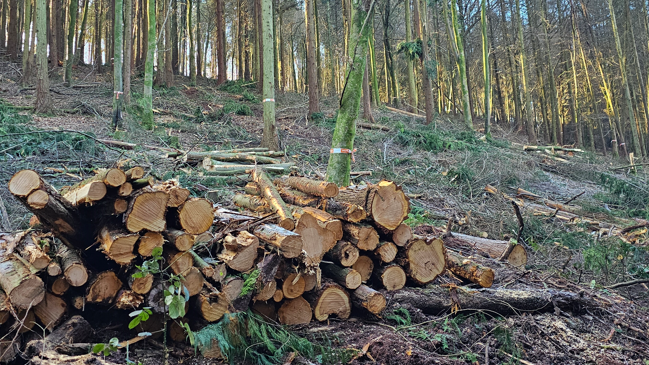
Plantation trees have been thinned to allow more light to the woodland floor
“We are essentially creating a nice long wildlife corridor for wildlife to move throughout the woodland.”
The have also installed fencing so that cattle can eventually be introduced into certain areas.
“It very quickly forests again. The cattle will help us maintain this area as a little bit more open,” Mr Jones said.
The Avon Wildlife Trust does not yet have results on the difference the programme is having for wildlife.
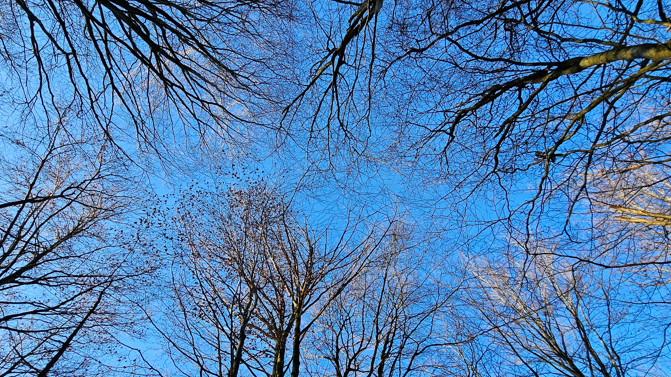
Goblin Combe was only planted for forestry in the 1950s and 1960s
But an area that was thinned around 18 months ago is now “full of life”.
“The bird count is going up, we are starting to get reptiles using it, we are getting some really interesting species using it,” Mr Jones said.
“It’s just really nice seeing it come alive in places that were really dark and dull.”
Get in touch
Tell us which stories we should cover in Bristol
Follow BBC Bristol on Facebook, external, X, external and Instagram, external. Send your story ideas to us on email or via WhatsApp on 0800 313 4630.
Related topics
- Published18 April 2021
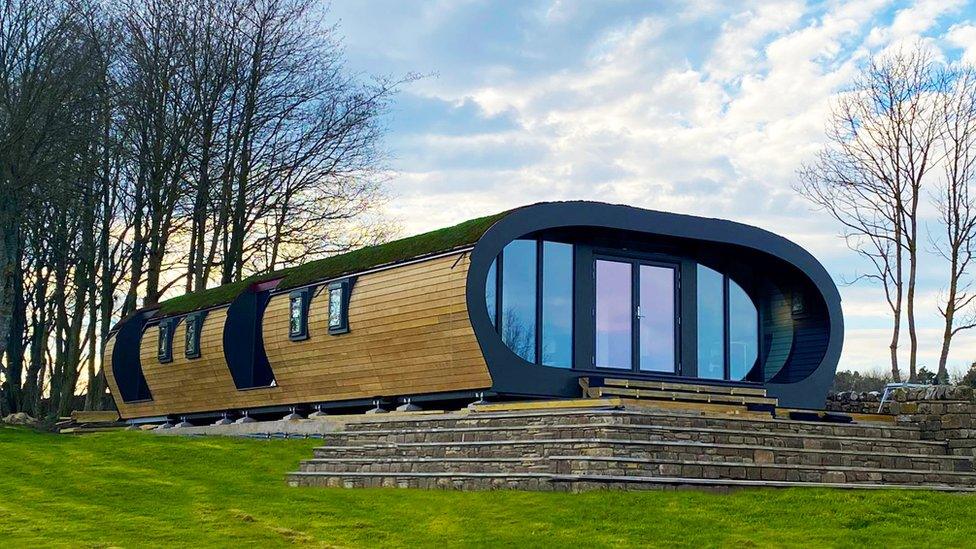
- Published29 September 2021
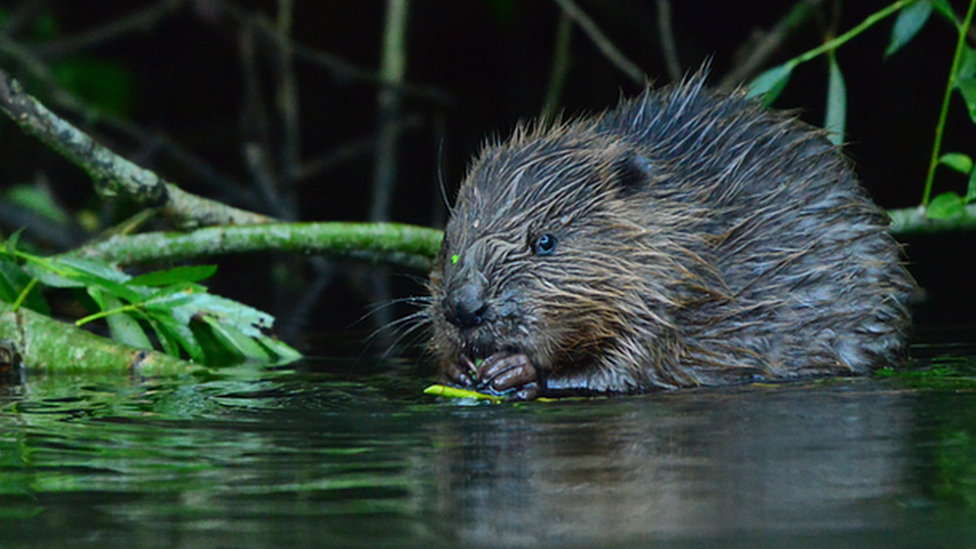
- Published8 January 2019
